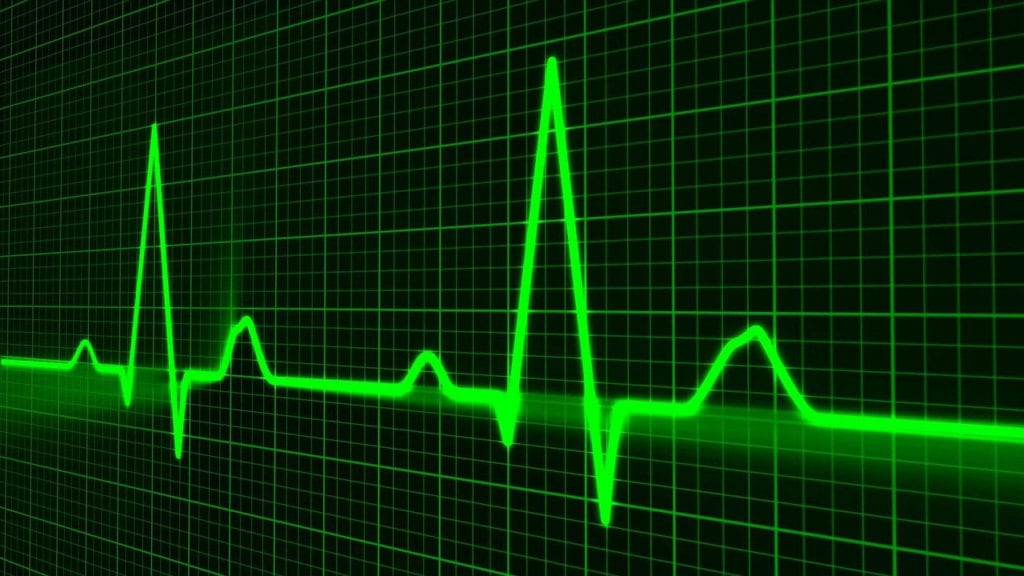On March 6, 2021, biopharmaceutical company Altavant Sciences (“Altavant”) shared that it had initiated its Phase 2b ELEVATE 2 clinical trial. During the trial, researchers will evaluate rodatristat ethyl (“rodatristat”) for patients with pulmonary arterial hypertension (PAH). Altogether, an estimated 90 patients will enroll.
Rodatristat
According to prior research, excessive serotonin signaling can worsen PAH-related outcomes. Thus, rodatristat is designed to inhibit tryptophan hydroxylase (TPH) and stop peripheral serotonin from being produced. As Altavant describes:
[The] molecular structure [of Rodatristat] was designed to prevent it from crossing the blood-brain barrier, thereby restricting its effect to peripheral serotonin [and not CNS levels of serotonin]. By lowering only circulating serotonin, rodatristat may treat diseases characterized by excessive production of peripheral serotonin without the liability of impacting the CNS.
Outside of PAH, researchers are also considering rodatristat as a potential therapy for patients with idiopathic pulmonary fibrosis (IPF).
In a study performed using healthy volunteers, daily rodatristat treatment reduced 5-hydroxyindoleacetic acid (5-HIAA), a peripheral serotonin biomarker, within two weeks. Now, researchers will use the ELEVATE 2 clinical trial to determine whether rodatristat could improve patient outcomes in PAH. In addition to learning whether the treatment can improve symptoms, researchers also want to know whether rodatristat could potentially reverse some of the damage associated with this condition.
During the trial, patients will receive either rodatristat or a placebo 2x each day. Additionally, patients will continue with their current standard of care. Altogether, researchers seek to understand the safety, efficacy, tolerability, and pharmacokinetic profile of rodatristat.
Pulmonary Arterial Hypertension (PAH)
Typically, BMPR2 gene mutations cause pulmonary arterial hypertension (PAH), a chronic form of high blood pressure. However, PAH can also be caused by cocaine and illegal drug use, HIV, liver or lung diseases, or congestive heart failure. In patients with PAH, the pulmonary arteries within the lungs thicken or harden. As a result, the heart must work harder to pump blood and receive oxygen. When less oxygen-rich blood moves throughout the body, health issues occur. At the same time, the heart muscle becomes progressively weaker.
Altogether, PAH affects females around 2x more often than males. Symptoms usually appear between ages 30-60. Unfortunately, PAH has a poor prognosis. Within 5 years of diagnosis, the overall survival rate for high-risk patients is under 40%. Treatments for PAH do exist but mostly address symptom relief. Thus, finding a treatment to either address the underlying cause of PAH, or reverse the disease process, is crucial.
Symptoms of PAH include:
- Shortness of breath which worsens during activity
- Fatigue
- Low blood pressure
- Chronic cough
- Cyanosis in the lips and fingers
- Swelling of the legs and ankles
- Chest pain
- Heart palpitations
- Fainting
- Dizziness







